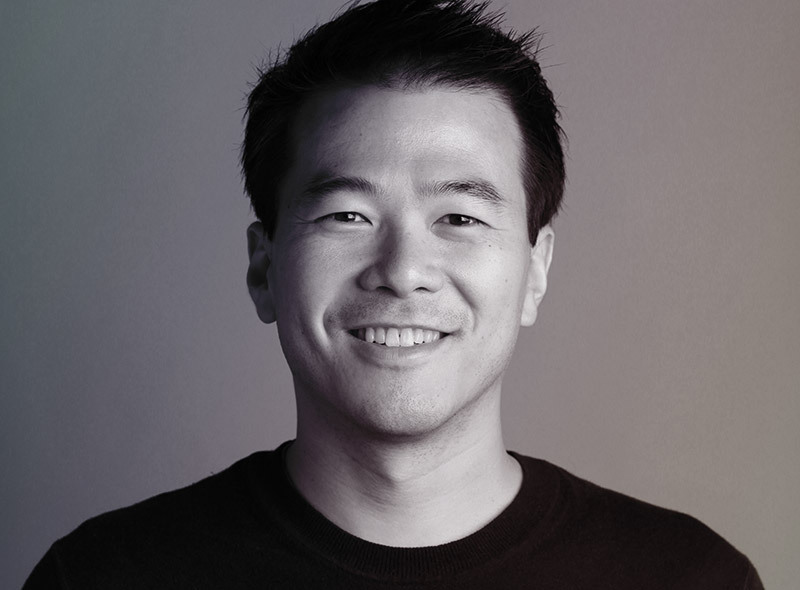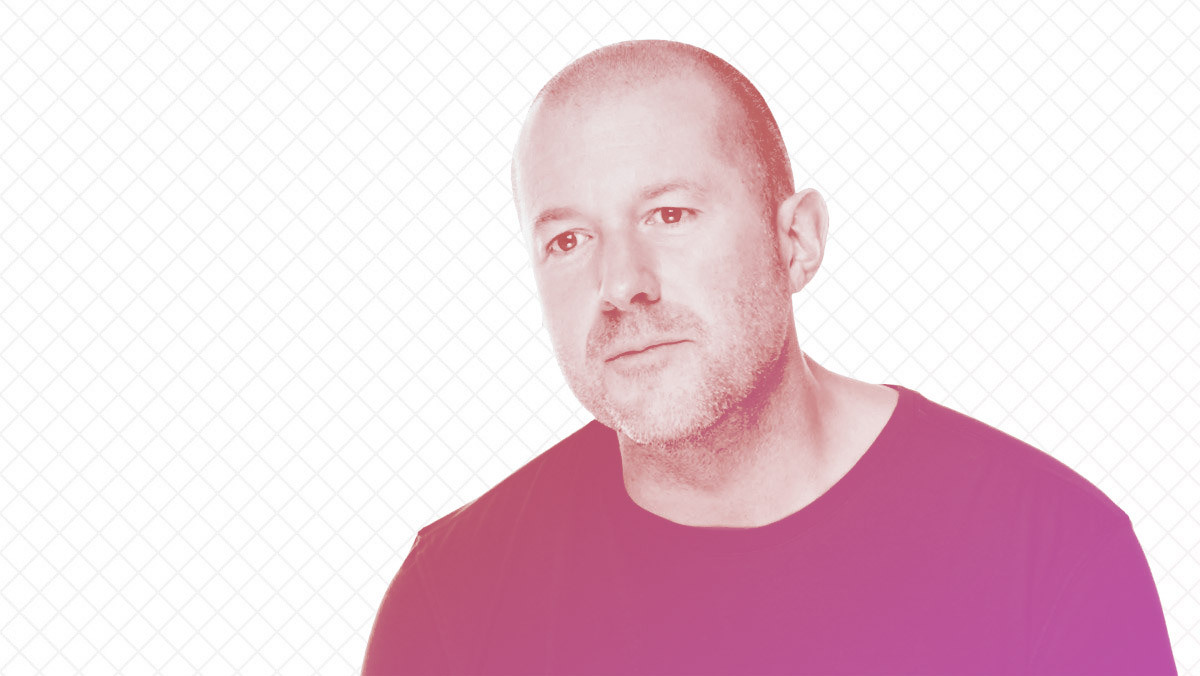4 Apple Design Myths from Former Apple Designer

Translation of an article interview with former Apple designer Mark Cavanaugh.
Apple is synonymous with high-end design, but very little is known about the design process at the company. Most of Apple’s own employees do not have access to in-house design studios. Therefore, we can only collect pieces of interviews or just speculate about how everything happens at Apple and what it really is like to be a designer of this company.
')
And here is Mark Cavanaugh. Before founding Storehouse, Cavanaugh was a senior designer at Apple for 7 years, where he worked on Aperture and iPhoto. Later, Kavano became an evangelist of User Experience at Apple, helping third-party developers to create iOS applications that would be felt correctly on Apple platforms ... Kavano was at the company during a key moment when Apple released the iPhone and created the world of applications.
In an interview for Co.Design, Cavanaugh spoke frankly about the time spent at Apple - and especially the myths of the industry that go around the company and its employees.
Myth # 1
Apple has the best designers
“I think the biggest misconception is the belief that Apple products have a better design and user experience, or that they are sexy or whatever, because they have the best design team in the world,” says Cavanaugh. But meeting daily as an evangelist of user experience with teams of designers from Fortune 500 companies, he understood a deeper reason.
“In fact, it’s all about engineering culture and how everything is structured and organized, everything revolves around design value. Everyone here thinks about UX and design, not just designers. And this is what makes all aspects of the product much better ... much better than any single designer or design team. ”
It is often said that good design should start from the top - that the CEO should worry about design as much as the designers. People often notice that Steve Jobs brought that order to Apple. But the reason that everything works is not in top-down decrees. All involved.

“It's not that you get some kind of magic wings or superpower when you enter Cupertino. The fact is that now you have an organization in which you can spend your time doing product design, instead of fighting for your place at the table or being disappointed when the best design is not noticed by a manager-engineer who just wants to fix it. mistakes. All these things - this is what other designers in other companies are forced to spend most of their time working for. At Apple, it is expected that the impression of the product is really important. "
Kavano stresses that everyone at Apple - from engineers to marketers - is in some way thought of as designers. In turn, HR-s hire the appropriate workers. Just as Google hires employees who think like Googleers, Apple hires employees who sincerely take design into account in all their decisions.
“You see companies that lured away Apple designers, and they create sexy interfaces or something interesting, but this does not necessarily affect the success of their business or product. This is because everything the designer did was to work on a part of the interface, but to get a really well-designed product in the sense that Steve would say it, 'integrity' is absolutely important. This is not just a part of the interface. This is the design of the right business model inside it. Design the right marketing, text and distribution methods. All these parts are important. "
Myth # 2
Apple has a hugely large design team.
Facebook has hundreds of designers. In Google, probably 1000 or more. But when Cavano was at Apple, her key products — hardware and firmware — were created by a relatively small group of about 100 people.
“I knew everyone by sight and by name,” says Cavanaugh.
For most tasks, Apple did not hire a specialist designer. Each designer could deal with icons and new interfaces, for example. And because Apple hires design-oriented engineers, the bulk of the design team could rely on engineers to begin the process of creating a new application interface, rather than first approving their layout.
Of course, this approach could change today.
“For Apple, having a small, focused organization meant a lot when Steve was here, because a lot of ideas came from Steve. So it made sense to have a smaller group to work on some of these ideas, ”says Kavano. “Because Apple has moved to a more serious level as a company where there are several people at the head, I think they are raising design teams in interesting ways. ”
It is worth noting that Johnny Ive, managing usability of hardware and software, mentioned that he brought several people from the marketing team to help redesign iOS 7. This is a good move, if you think about it, for marketers to be on the front line with designers and engineers. (This level of interaction is unprecedented in the industry).
Myth # 3
Apple deliberately does every detail.
Apple products are often distinguished by small details, especially concerning interaction with them. Consider the option: when you enter the wrong password, the password entry field shakes in response. This kind of details are fascinating. These are moments that seem difficult to explain logically, but are important at some intuitive level.
“So many companies are trying to imitate this idea ... that we need to come up with this quick way to make X, Y and Z. They are developing this and they cannot go on to the next step until they do this killer animation or presentation model," explains Cavano . Reality? “It's almost impossible to come up with really innovative things when you have deadlines and a schedule.”

Kavano told us that Apple designers (and engineers!) Often come up with great ideas of interaction — such as interfaces in the form of a 3D cube or elastic realistic icons — in their spare time, and they can work on them for years before it fits into something specific right place.
“People are constantly experimenting with these little things, and because teams of all types know what other people have done, one day the feature comes out - let's say we need a good way to react to the password, and we don’t want to show these terrible dialogues - then we look into different ways of interaction or animation concepts, which were made as funny experiments, and see if there is anything appropriate there. ”
But if you imagine some giant repository of animation ideas hiding inside Apple and waiting in the wings, you are mistaken. Everything was wrong, explains Kavano.
“There wasn’t any library, because most of the time there wasn’t much of something that would have been formalized and could have been stolen,” says Cavanaugh. "It was more like there were small teams who knew what other people were working on and the culture to share comfortably with it."
Myth # 4
Steve Jobs's fervor scared everyone
Inside Apple, there was widespread advice - perhaps you heard about it before - that the designer should always use the stairs because if he met Steve Jobs in an elevator, he could ask what you were working on. And one of two things would happen:
1. He would hate it and you could be fired.
2. He would like it, he would pay attention to it, and you would lose all good nights, weekends and holidays due to being busy in the project.
Cavano laughs when he tells me this, but the conclusion he draws is not so simple.

“In fact, at Apple, people flourished who welcomed this desire and passion to learn from working with Steve and were committed to the customer and product. They were ready to give up weekends and vacations. And many people who complained that this is unfair ... they did not see the point in giving it all away in order to try to make the best product for the buyer and sacrifice everything personal for the sake of it. "
“It was in such cases that many times there was a bad opinion about him, but he only wanted the best, and expected everyone to want the same thing. He could not understand people who did not want the same thing and wondered why they worked for him in such a case. I think Steve was intolerant of people who didn't care. It was very hard for him to understand why people want to work in these positions and don’t want to sacrifice everything for them. ”
As for Kavano, did he ever get amazing advice or a terrific compliment from Jobs?
“Nothing personal,” he admits, and then laughs. “The only positive incident was once in the dining room when he told me that the salmon I took looked amazing and he was going to go and get himself the same.”
“He was very simple. I offered him to go ahead of me (apparently, in the queue, approx. Translator) , but he always refused. Interestingly, he was very demanding ... but this was accompanied by something else, he wanted to be very democratic and to be treated the same as everyone else. And he constantly struggled with these qualities. ” (Constantly struggling with those roles) .
PS If you want to suggest any changes to the translation in PM - I will be glad to fix it :)
PPS thank you very much to everyone who wrote about errors in PM, made edits.
Source: https://habr.com/ru/post/223937/
All Articles